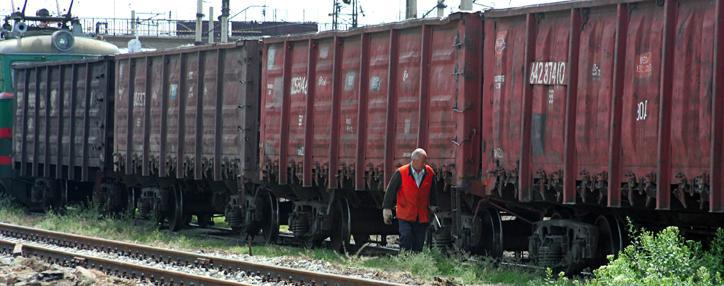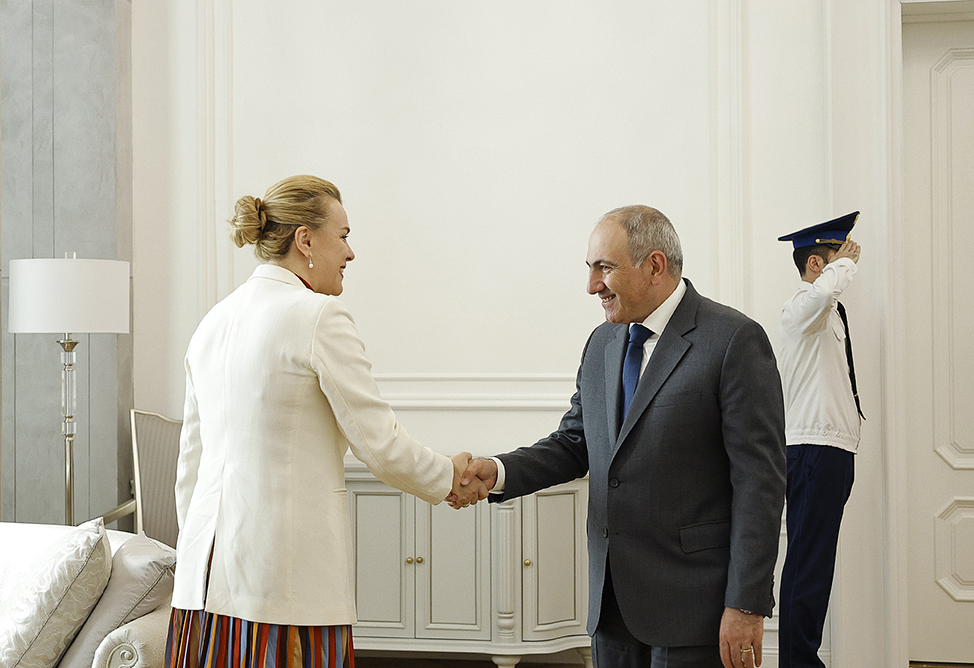Iran-Armenia railway project depends on situation in Iran
16.02.2012,
12:38
The future of a plan to construct a railway connecting Iran with Armenia depends to a large extent on the situation in Iran, chief of Russian state-owned Russian Railways (RzhD), Vladimir Yakunin, told Armenian reporters Wednesday in Yerevan.

YEREVAN, February 16. /ARKA/. The future of a plan to construct a railway connecting Iran with Armenia depends to a large extent on the situation in Iran, chief of Russian state-owned Russian Railways (RzhD), Vladimir Yakunin, told Armenian reporters Wednesday in Yerevan. Yakunin arrived in Yerevan to introduce Viktor Rebets, new head of the South Caucasus Railways, a subsidiary of RzhD operating Armenia’s railroads. He replaced Shevket Shaidulin.
"You know very well about the problems surrounding Iran now. They are not created by us or by Armenians, but we must take this into account," he said.
Despite this, Russian and Iranian railroad agencies cooperate fruitfully, he said. He said also from the commercial point of view the Iran-Armenia railroad will pay back only in 30, 40 or 50 years. This in view, this project must be implemented by the governments, he said.
According to Armenian authorities, the Iran-Armenia railway will be used as an alternative route for transportation of energy resources and other commodities. Currently, Armenia’s railway communication with foreign countries goes through Georgian territory. According to preliminary data, the cost of the construction of Iran-Armenia railway is $2 billion. In 2009 the Armenian government established a directorate for the construction of the railway, which is to find among other things, also sources of financing.
In 2007 the Armenian government called tenders for a 30-year concession to modernize and operate Armenian Railways. The Russian Railways was the only bidder and has set up South Caucasian Railway as a subsidiary to run the Armenian Railway. The concession agreement was concluded for 30 years, with a right of extension for another 20 years after the first 20 years of operation. -0-



